.0000000000000.jpg)
As you drive around the San Antonio area, you have probably seen some trucks and vans identified as belonging to HVAC businesses. HVAC is just one of the acronyms that indoor climate professionals use. By learning the meaning of these abbreviations, you will get to know some of the many services HVAC technicians can offer.
HVAC
The “H” and “AC” of HVAC refer to heating and air conditioning. HVAC technicians are known primarily for their work with temperature control systems. The “V” may be less familiar. It refers to ventilation. Providing equipment for the exchange of indoor and outdoor air used to be limited to our commercial clients. These days, many homeowners also want increased ventilation.
San Antonio, Texas is a beautiful city with a warm climate, making it a popular year-round destination. However, high temperatures can cause uncomfortable indoor environments. HVAC systems are an essential part of any home or business by providing controlled air conditioning and heating. They're far more convenient than individual stand-alone units because they offer a centralized system that operates both the cooling and heating functions in one location with one unit. Additionally, they take up less space while providing maximum efficiency. Superior airflow and energy savings make them perfect for San Antonio's temperature fluctuations throughout the year.
MERV
When you think about the quality of your indoor air, MERV is an important standard to know. The acronym stands for Minimum Efficiency Reporting Value, and it is a measure of the effectiveness of air filters. Filters with high MERV ratings can remove microscopic particles from indoor air. Most home filters have a MERV 6-12 rating. Surgical suites and clean rooms use a filter rated at MERV 16 or more.
SEER and AFUE
SEER stands for Seasonal Energy Efficiency Ratio. Air conditioner manufacturers derive this rating by dividing the cooling output of an AC unit over a season by the energy it uses. A high SEER rating means a more efficient system. One of the advantages of replacing an aging air conditioner is that new technology has increased the SEER rating for most models.
On the heating side, we measure furnace efficiency using an AFUE rating. This acronym stands for Annual Fuel Utilization Efficiency. Similar to an air conditioner’s SEER rating, a higher AFUE rating means a more efficient heating system.
HSPF
Heat pumps are one of the newer technologies in the HVAC field. Because a heat pump can handle both heating and cooling in your home, it has a SEER rating on the cooling side and an HSPF rating on the heating side. HSPF stands for Heating Seasonal Performance Factor. Once again, a high rating means a high-efficiency unit.
Understanding how HVAC technicians measure efficiency can help you make smart decisions about the equipment you install in your home.
If you would like to know more, the friendly professionals at Air Care & Canyon Lake Air Conditioning are happy to help. Give us a call at (210) 880-3002.

